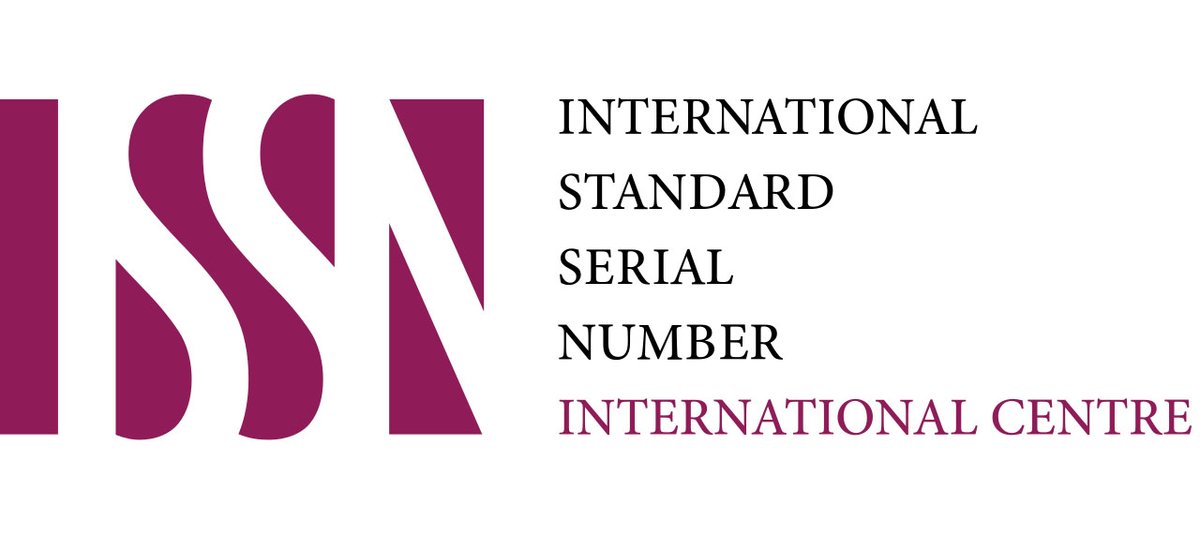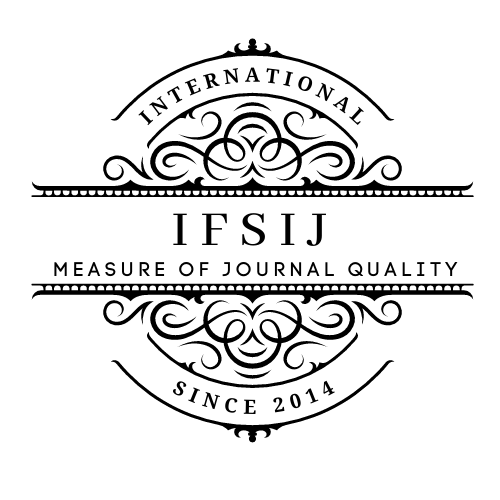PATHOGENETIC MECHANISMS IN THE DEVELOPMENT OF OTOSCLEROSIS
Keywords:
Otosclerosis, stapes fixation, bone remodeling, measles virus, genetic factors.Abstract
Otosclerosis is a primary osteodystrophic disorder of the bony labyrinth capsule, characterized by abnormal bone remodeling leading to fixation of the stapes footplate and progressive conductive or mixed hearing loss. Despite over a century of study, the exact pathogenesis remains multifactorial and incompletely understood. Genetic predisposition, viral infection, autoimmune mechanisms, and hormonal influences are considered key contributing factors. Objective. This review aims to summarize current concepts of the pathogenetic mechanisms underlying the development of otosclerosis, with emphasis on molecular, immunologic, and hormonal factors influencing abnormal bone turnover in the otic capsule. Methods. A systematic analysis of recent literature (PubMed, Scopus, and Embase databases, 2010–2024) was performed. Data regarding histopathology, molecular signaling, viral associations, and genetic polymorphisms were evaluated and compared. Results. Otosclerosis involves a disruption of the delicate balance between bone resorption and deposition in the otic capsule. The process begins with localized bone resorption mediated by activated osteoclasts, followed by replacement with immature, vascularized spongiotic bone. Genetic studies implicate several loci, notably OTSC1–OTSC10, and mutations in genes regulating bone metabolism (COL1A1, TGFB1, RELN, BMP2). Persistent measles virus infection has been identified in stapes footplates of affected patients, suggesting a viral trigger that activates cytokine cascades (IL-1β, TNF-α, and TGF-β). Additionally, autoantibodies against type II collagen and altered estrogen receptor activity contribute to the inflammatory and hormonal modulation of bone remodeling. Conclusion. Otosclerosis represents a multifactorial disease resulting from genetic susceptibility combined with viral, autoimmune, and hormonal influences leading to dysregulated osteogenesis within the otic capsule. Understanding these mechanisms is crucial for developing targeted pharmacological and gene-based therapies to complement surgical treatment.
Downloads
Published
Issue
Section
License

This work is licensed under a Creative Commons Attribution-NonCommercial-NoDerivatives 4.0 International License.















